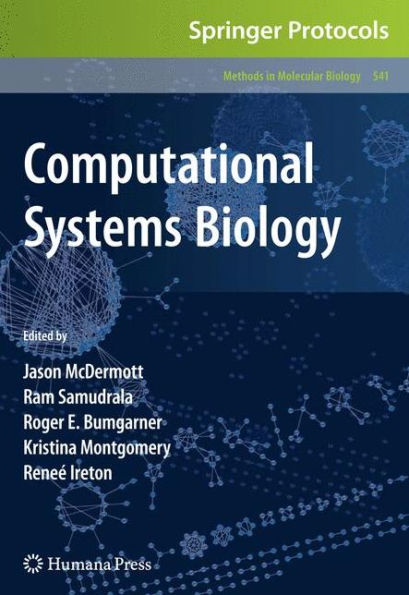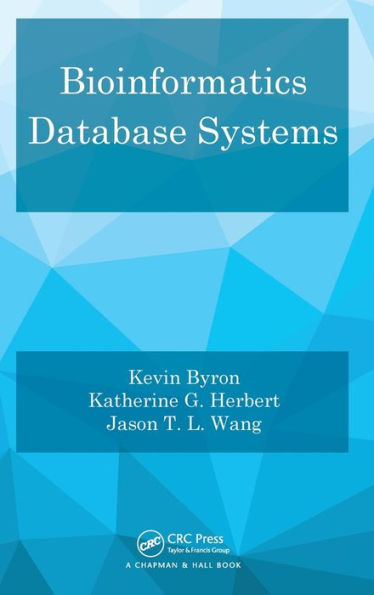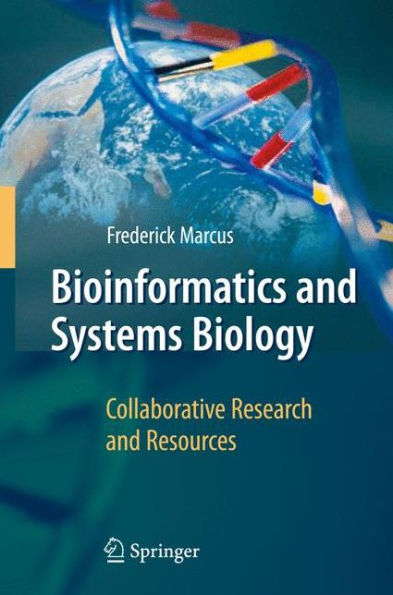Home
Computational Systems Biology / Edition 1



Computational Systems Biology / Edition 1
Current price: $169.99
Loading Inventory...
Size: OS
Computational systems biology is the term that we use to describe computational methods to identify, infer, model, and store relationships between the molecules, pathways, and cells (‘‘systems’’) involved in a living organism. Based on this definition, the field of computational systems biology has been in existence for some time. However, the recent confluence of high-throughput methodology for biological data ga the ring, genome-scale sequencing, and computational processing power has driven a reinvention and expansion of this field. The expansions include not only modeling of small metabolic (1–3) and signaling systems (2, 4) but also modeling of the relati- ships between biological components in very large systems, including whole cells and organisms (5–15). Generally, these models provide a general overview of one or more aspects of these systems and leave the determination of details to experimentalists focused on smaller subsystems. The promise of such approaches is that they will elucidate patterns, relationships, and general features, which are not evident from examining specific components or subsystems. These predictions are either interesting in and of themselves (e. g. , the identification of an evolutionary pattern) or interesting and valuabletoresearchersworking onaparticularproblem (e. g. ,highlightapreviously unknown functional pathway). Two events have occurred to bring the field of computational systems biology to theforefront. One is the advent of high-through put methods that have generated large amounts of information about particular systems in the form of genetic studies, gene and protein expression analyses and metabolomics. With such tools, research to c- sider systems as a whole are being conceived, planned, and implemented experimentally on an ever more frequent and wider scale.


















